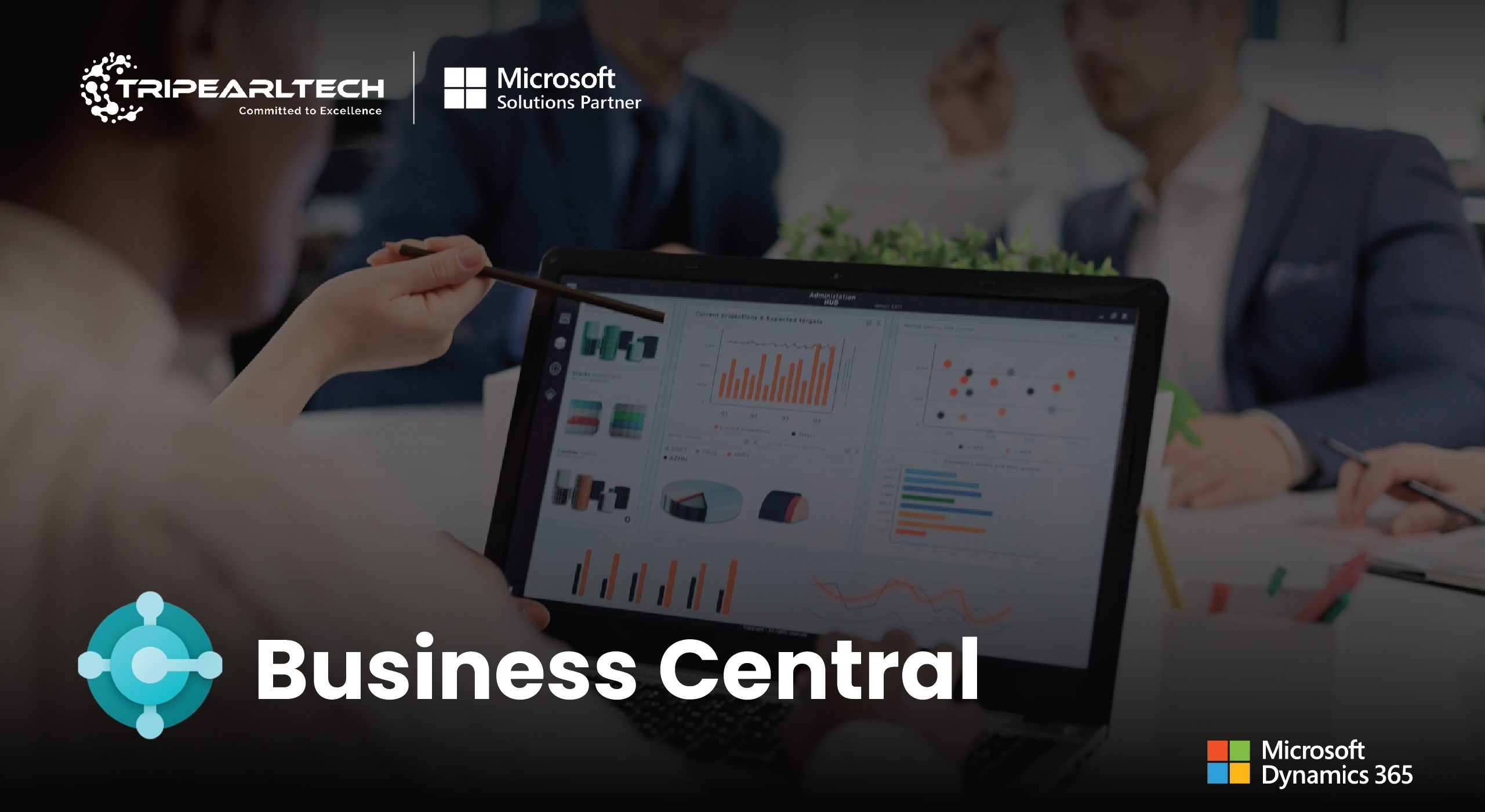Dynamics 365 vs. Sage 50: Choose Your ERP

Dynamics 365 Business Central vs. Sage 50: Which ERP is Right for Your Business?
The comparison of Dynamics 365 Business Central and Sage 50, two popular ERP systems, provides valuable insights for businesses to choose the optimal enterprise resource planning system.
Dynamics 365 Business Central vs. Sage 50
In order to help you make an informed decision, we will compare Sage 50 with Microsoft Dynamics 365 Business Central:
1. Microsoft Dynamics 365 Business Central integrates various functions like operations, marketing, sales, finance, and HR, suitable for 10-50 employees and 50-200 in various industries, but may require intensive training.
2. Sage 50 is an accounting software suitable for medium-sized organizations and small firms, offering inventory management, accounts payable, and receivable control. It offers high-quality invoice personalization, robust job costing, and effective financial reporting. However, limitations include outdated interface, poor inventory management, and inaccessible data.
Benefit from Business Central vs. Sage 50?
You should think about your company’s needs when comparing Sage 50 with Dynamics 365 Business Central. So, here’s how it works:
1. Dynamics 365 Business Central: The solution, designed for growing businesses, offers automation, sales pipeline management, and manufacturing capabilities, with a subscription-based licensing model and implementation costs ranging from $10,000 to $100,000.
2. Sage 50: Smaller enterprises can save money by forming microbusinesses, using a subscription-based approach with standard functionality. Business Central is recommended for robust ERP systems, while Sage 50 is suitable for financial needs.
Comparison Table: Business Central vs. Sage 50
In comparison to Dynamics 365 Business Central, how does Sage 50's payroll system differ?
Sage 50 payroll system is suitable for small to medium-sized businesses with simple payroll processing, auto calculation, tax handling, and deposits. It offers auto calculation, tax handling, and deposits. Dynamics 365 Business Central is more integrated, including payroll, financial management tools, inventory, and customer relationship capabilities. It offers advanced reporting and analytics for operational needs.
What sets Business Central apart from Sage 50?
Here are seven points that make Microsoft Dynamics 365 Business Central different from Sage 50:
1. Comprehensive Integration: Business Central offers a fully integrated suite of business applications that provides finance, sales, inventory, and customer relationship management. This way, you get a holistic view of operations. Sage 50 is also possible but focuses mainly on accounting and general business functions.
2. Cloud-Based Accessibility: Business Central is a cloud solution, so users can access their data and applications at their preferred time from anywhere with internet connectivity. This supports remote work and real-time collaboration, whereas Sage 50 has more of the traditional desktop-based model with limited cloud features.
3. Scalability: Business Central is built to grow with your business, making it easy to accommodate more users, transactions, and functionalities as your business grows. You will see that Sage 50 lacks the same scalability opportunity with your growing organization.
4. Advanced reporting and analytics: Business Central boasts enhanced reporting and analytics capabilities with built-in Power BI integration, using detailed dashboards and insights. While reporting with Sage 50 is available, it is generally less effective than Business Central.
5. Flexibility and Add-ons: Business Central delivers a lot of customizations and integrations of third-party applications, which can be done through the AppSource marketplace, allowing businesses to tailor the system to specific needs. Business Central has fewer customization options compared to Sage 50.
6. User Experience and Interface: Business Central really enhances the user experience with a modern, intuitive interface. Sage 50 has more of a traditional look to it that may be just a little dated and not as streamlined for users used to contemporary software design.
7. Automated Workflows: Business Central provides automation for a list of business processes. It enhances the efficiency of all business processes and minimizes manual efforts. Sage 50 offers basic automation, but advanced workflow capabilities from Business Central will help automate operations across departments.
Conclusion
Dynamics 365 Business Central is a comprehensive Microsoft ERP solution designed for cloud-based businesses. It offers project management, supply chain management, and Microsoft Dynamics CRM, outperforming Sage50 for financial tasks. It saves time and effort with automated features and seamless integration with other Microsoft products, making it a superior choice for larger organizations.
|
Feature
|
Business Central
|
Sage 50
|
|
Core functionality
|
ERP for SMBs
|
Finance ERP
|
|
Finance
|
Yes
|
Yes
|
|
Supply chain
|
Yes
|
No
|
|
Service management
|
Yes
|
No
|
|
Sales CRM – from lead to purchase
|
Yes
|
No
|
|
Warehouse management
|
Yes
|
Limited
|
|
Integration
|
Advanced
|
Limited
|
|
Manufacturing
|
Yes
|
Limited out of the box
|
|
No. of users
|
Unlimited
|
Up to 20 users
|
|
Customization
|
Highly customizable
|
Limited customizations, mainly via add-ons
|
|
Data visualization
|
Yes (Advanced with Power BI)
|
No
|
|
Deployment Option
|
Cloud, On-premises, & hybrid
|
Cloud and On-premises
|
|
Maintenance cost
|
Lower
|
Higher
|
|
Reporting & analysis
|
Yes, using Power BI
|
Limited
|
|
AI
|
Yes
|
No
|
|
Project management
|
Yes
|
No
|
Related Blogs
Looking for Microsoft Dynamics 365 Business Central Partner ?
Our Team of expert Microsoft Dynamics 365 Business Central developers are ready to help you out implement and customize in your system.
Get Started










